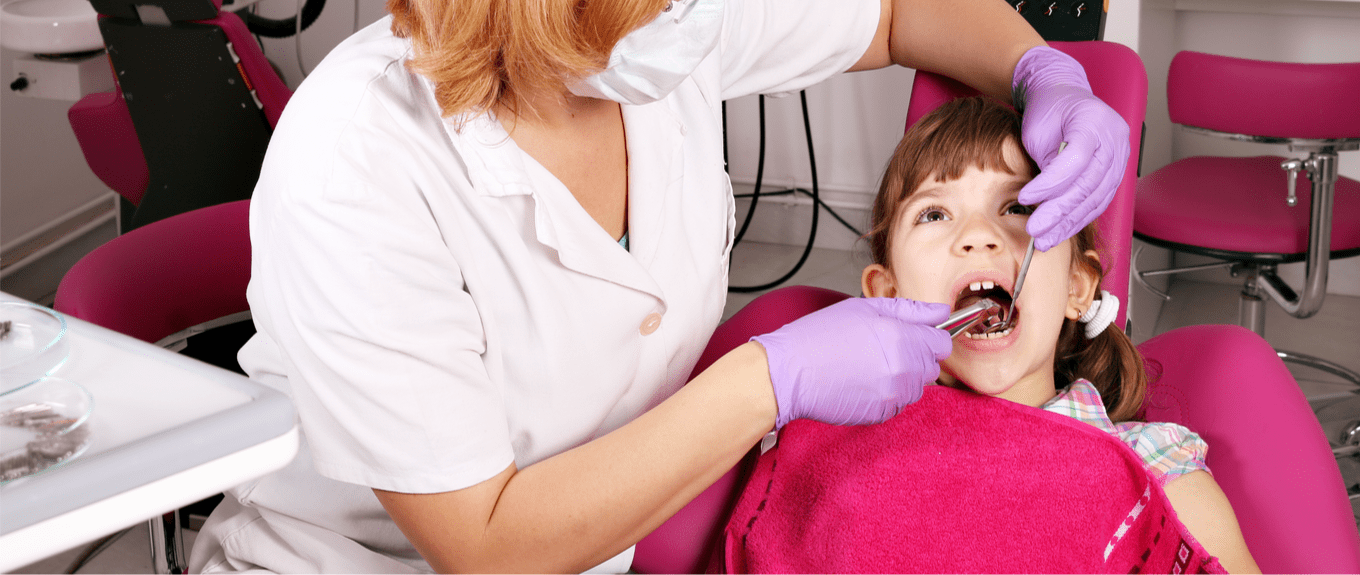What did they ask?
They wanted to answer.
“Are there any differences in the dental, skeletal and soft-tissue effects of non-extraction and premolar extraction in patients ideally planned for premolar extraction”.
What did they do?
The team did a cross-sectional study on patients who had been treated by a group of post-graduate residents. The methodology they used was not conventional, and I will have a go at explaining this. I will discuss this in much more detail later in this post.
- Firstly, they did a sample size calculation that suggested that they needed to include the records of 40 patients in the study. They based this on a meaningful difference in post-treatment ABO-OGS scores.
- They identified a sample of patients initially planned for premolar extraction treatment. The decision to extract was based on pre-treatment profile, tooth position, and crowding.
- Then they used purposive sampling to identify two groups of patients from this sample. These were an extraction group (PME) and a non-extraction group (NE). The NE group was advised to have extractions, but they preferred to have a non-extraction treatment.
- A supervision orthodontist decided that the treatment was complete when they were satisfied with the aesthetic and functional outcome.
- They collected pre- and post-treatment cephalograms and study models for ABO-OGS analysis. Then they constructed silhouettes from the cephalograms. These were then shown to a panel of 3 orthodontists with a minimum of 3 years of experience. The raters scored the improvement of the profiles on a visual analogue score using the anchors of “worse” and “great improvement”.
- Finally, they found that the data was not normally distributed. As a result, they used non-parametric tests for data analysis.
I hope that you have managed to follow these steps.
What did they find?
These were the main findings.
There were no differences between the groups for any of the outcomes at the start of treatment.
I found it challenging to identify the post-treatment data. If I may lapse into the North of England language, I thought that the data presentation was “a right muddle.” This was mostly because the authors spread it between the results and the discussion. They also included many within-group measurements, which was confusing. As a result, I have concentrated on the post-treatment between-group differences. I hope that I have got this right.
ABO-OGS scores at the end of treatment
The median score for the NE group was 23.00 and 16.00 for the PME group. This was statistically and clinically significant.
Profile scores
The profile change score for the extraction group was 65.8, and for the non-extraction group, this was 35.8. Again, this difference was statistically and clinically significant. Unfortunately, I could not find any post-treatment comparisons of the scores.
Cephalometric measurements.
The non extraction treatment proclined the upper and lower incisors by about 10-15 degrees more than the PME group.
Their final conclusions were:
“The NE approach in these cases resulted in a detrimental effect on the nasio-labial angle, increased ABO-OGS scores and decrease in facial profile improvement scores”.
What did I think?
This was a tricky paper to read and interpret. I could not help feeling that it would have improved from input from the referees. I thought this was a shame because the authors have conducted an interesting study.
It is worth us looking at the study methodology first. As we know, we cannot randomise orthodontic patients to extraction and non-extraction treatment. Instead, the authors have used an interesting approach. This is called a preference study, in which the patient expresses a preference for an intervention. In medical research, studies using this approach report on both randomised and preference groups. This gives reassurance about biases that may occur within the preference group. However, this team was unable to do this. As a result, we must assume there is some bias in the study simply because the non-extraction group declined extractions.
When I looked at the results, I thought they were very interesting and tended to agree with clinical opinion/impressions. They also agreed with the findings of Johnston’s earlier work on the extraction/non-extraction decision. However, his study looked at a sample of borderline extraction patients. In this respect, I was somewhat concerned that the current authors did not provide detailed information on the sample of cases that they studied. Although, they did point out that they were clear extraction cases.
Final thoughts
We need to consider whether the biases in this study influence the findings to the degree that we can discount them. I feel that this is not the case. I think that this study provides us with some information that suggests adopting the non-extraction approach in cases that are clearly extraction can cause some harm. Finally, I know that not everyone will agree with this, so let’s have a good discussion.

